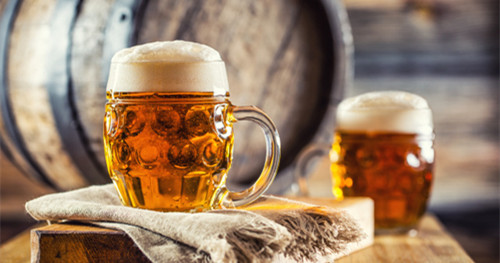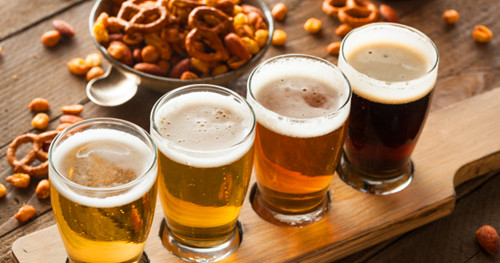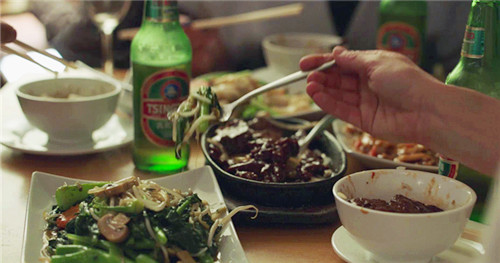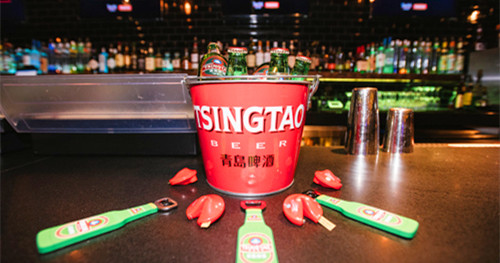Craft Beer in Australia – Where's next for the boom industry?
Having been born and raised in England, a country with a strong tradition of brewing and beer drinking, my first visit to Australia in 2009 was somewhat of a shock. A far cry from the small regional breweries found in the South of England, the Australian market was seeming dominated by mass-produced lagers brands, offering little in the way of differentiation from each other. Swan Lager in Western Australia, VB in Victoria and Carlton Draught seemed to be the primary choices available. Whilst perfectly refreshing, the market at the time didn't cater particularly well to those of us seeking a little something extra in our pints; that hand-crafted touch and stylistic variation. Where were the Pale Ales, the IPAs and the Porters?

Traditional beers are making comeback....
Fast forward almost 10 years and I find myself back on Australia's East Coast, which is now positively awash with independent craft breweries – or at least, so it seems. Brands such as Fat Yak and James Squire were just starting to surface on my last visit, and it's unsurprising to see that they have now been purchased by larger brewing companies and grown into huge national brands. Having worked in the craft beer sector in London for a number of years, this is an all too familiar story and one that seems to draw as much debate in Australia as it does at home.
In a recent survey by the Beer Cartel, it seems that "99% are happy to buy craft beer from an independent Australian owned brewery" – a statistic that resonates with the early days of the craft beer scene that flourished in London in the early 2010s. It seems that once a previously stable market sees the introduction of a handful of new brands championing individualism, the demand for such products grows almost exponentially. This certainly seems to have been the case in Australia, with the number of brewing operations in the country passing the 500-mark in July 2017. The question that this poses, however, is how sustainable such a boom in new openings really is.

Already in London, where the craft beer boom took hold a few years ahead of Australia, we are seeing a definite slowing in the rate of new openings. While not quite a reversal, it's to say that the market overdeveloped, and tastes have changed and evolved in an incredibly short period of time. Some of the early pioneers of the craft beer scene have adapted and developed with these changes, and have continued to flourish. Many, in fact, have gone on to be acquired by larger corporations and enjoyed the national and even international exposure that comes with such a move. Others, sadly, have fallen by the wayside.
What we have seen in the UK in the most recent years after the initial boom is quite interesting. Traditional brewing countries such as Germany and Belgian had long been considered somewhat boring, with historical styles such as the German Wheat Beer of Belgian Trappist Ale enjoying extremely limited market share. It's exactly these styles, however, that have seen a renaissance in recent years. While the Craft scene brought beer into popular culture, it also opened the doors for people to rediscover older, more traditional styles and producers have kindled a new wave of appreciation for some international brands. I think it's only a matter of time before Australia undergoes a similar shift in preferences.

A selection of craft beers
One to watch in Australia is most certainly heritage brewer, Tsingtao. With a large Chinese population throughout Australia and the nation's appetite for Chinese cuisine, it is no surprise that the Tsingtao brand has weathered the craft beer revolution with particular ease, and remains a popular brand amongst the immigrant communities and Australians alike.
A recent video documentary produced by Bon-Cloud tells the tale of the Chan family, who immigrated to Australia as part of the gold rush in the early 1900's. Mr Chan became a well-loved figure in the local community, well known for his charity and persistent smile which earned him the nick-name Mr Happy. The name stuck, and the Chan family went on to open one of the country's first Chinese restaurants in Canberra and named it Happy's. The restaurant remains in the Chan family to this day and is now operated by Mr Happy's great-great-grandson, Gavin Chan. Gavin spoke candidly of his memories growing up in the restaurant, and reflects particularly fondly on the day in 1997 when Tsingtao first launched their historic brand in Australia. The perfect match to their authentic Cantonese cuisine, the Chan family were amongst the very first in Australia to offer the Tsingtao brand at their restaurant, and to this day the beer is proving a phenomenal success.

Customer at Mr. Happy's Restaurant enjoying a refreshing Tsingtao
Speaking to Bon-Cloud, Chan talks passionately about how Tsingtao enhances their customer's experience by pairing the crisp, refreshing taste of Tsingtao beer with the often-fiery home cooking. So much so, that Chan claims that a staggering 90% of his customers will enjoy a Tsingtao beer with their meals. Figures like that speak for themselves and, to me, reflect two truths in the Australian marketplace. Firstly, branding and diversity can only contribute so much to a customer's drinking experience, with the real driving factors being enjoyment and consistency. Secondly, while emerging brewers are experimenting with new techniques, styles and flavours, there is no replacement for experience. Fortunately, Tsingtao has all of these attributes in abundance, and this long-term approach is clearly paying dividends in the Australian marketplace.

Tsingtao A brand to be reckoned with
As Australia continues to diversify culturally, imported beers become as much a part of local communities as speciality foods and other ‘tastes of home'. Equally, with more and more Australians travelling overseas and experiencing different cultures and cuisines, it's only inevitable that demand for authentic international products at home will flourish. Domestically, as the craft beer boom continues to develop, I expect to see a number of heritage brands enjoy significant growth, with customers returning to the established brands to enjoy a taste of the familiar, or possibly even a taste of home. And it's wonderful to see the Tsingtao brand leading the way.


